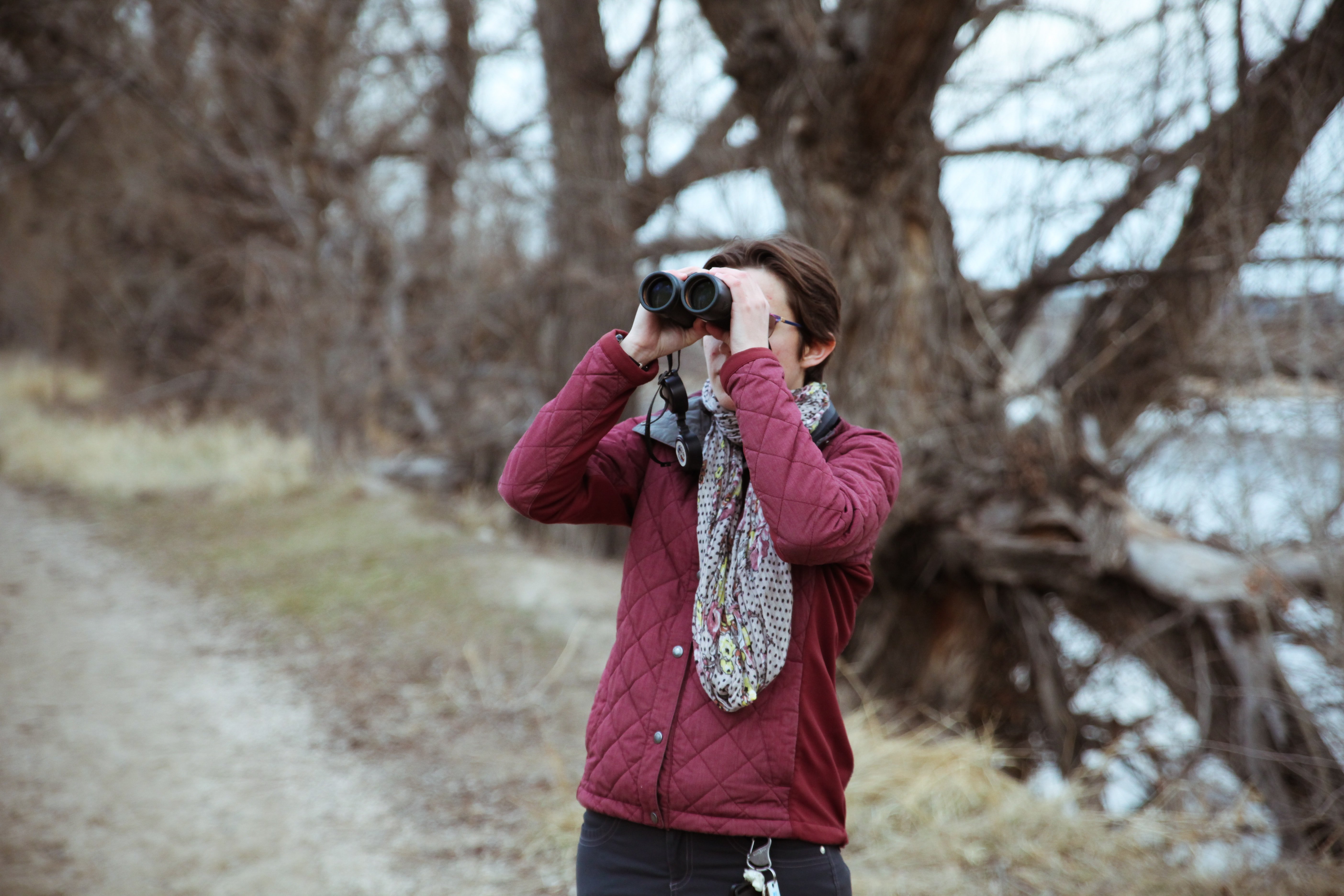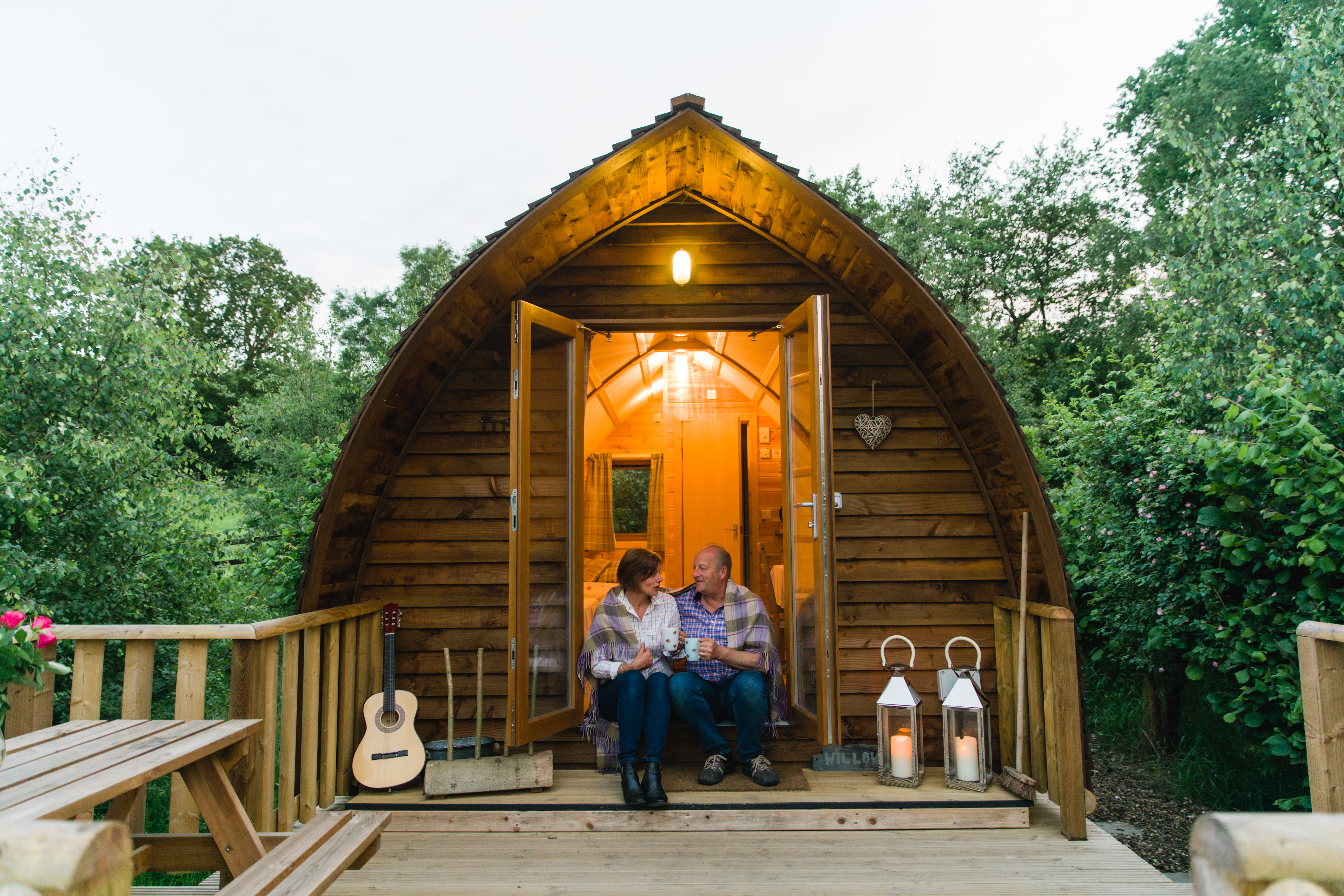
A Beginner’s Guide to Birdwatching
Looking for a new hobby that gets you out to enjoy some fresh air? How about one that keeps you learning new things without you having to invest in expensive gear or courses? Have you always been a bit of an animal lover or is conservation close to your heart? Then look no further than birdwatching!
In today’s blog post we’ll go over some of the basic things you should know to get started with amateur ornithology. This is by no means a comprehensive guide which is why we’ve also linked to some great external resources within the article. Now, without further ado, here’s your beginner’s guide to birding!
Why go birdwatching
Birdwatching is a great way to get out of the house and spend more time in the great outdoors, connecting with nature. By joining a local birding group you can also enjoy the social aspects of the hobby, connecting with likeminded individuals and learning from more experienced birders.
Because you’re walking around, you get a nice bit of gentle exercise, too, and maybe best of all, birdwatching can be a completely free activity! Of course, it can be a good idea to invest in some binoculars, guidebooks and good wellies, but you don’t necessarily need any of these to enjoy ornithology. You just need patience and willingness to learn and can get started easily without venturing far from home - more on this later.
How to prepare for your birdwatching adventure
A good guidebook can be a great investment in helping you learn to identify different species. However, some of these can be big and heavy, not to mention cumbersome to flip through while trying to quickly identify a bird. That’s why a birdwatching app that allows you to jot down notes, helps you identify birds and play recorded bird songs and calls to attract birds can be a great resource. You can find a comprehensive list of apps designed for UK birdwatchers here.
Take a notebook with you to write down your sightings. As a beginner, some things to jot down while you’re out and about could be the location you encountered the bird, its size and shape, what it was doing or eating, whether it was alone or with others and any markings you can make out. If you hear the bird making a sound, describe it as well as you can.
Answering these questions will help you identify the bird later on if you can’t do so in the moment. You could also take photographs (just make sure to avoid using the flash) or sketch out the bird.
If you have any special accessibility needs, have a look at this informative guide for disabled birdwatchers by RSPB to help make birding an accessible and enjoyable hobby for you.

Choosing your binoculars
You certainly don’t need binoculars to enjoy birding, but you can find a nice pair without breaking the bank to enhance your experience. The most important thing to keep in mind when shopping for a pair is comfort: are they light enough to hold up for a good long while? Is the wheel within easy reach and does it turn without too much effort? Do you have to strain your eyes when looking through them?
To start with, it might be a good idea to go with lower-magnification binoculars as the image will be clearer, the field of vision more expansive and the binoculars themselves lighter. This guide can help you make an informed purchase.
Make sure to follow the birdwatchers’ code
When you’re out there trying to catch a glimpse of birds, it’s important to take steps to make sure you’re not bothering wildlife or other people so that everyone can enjoy witnessing these magnificent creatures. The birdwatchers’ code has been moulded over the years by bird organisations and publications and should be applied not only on wildlife reserves but anywhere either in the UK or abroad when you go birdwatching.
The first rule is that the birds’ best interest should always be above yours. This means not getting so close the bird gets distressed and stay on established roads and tracks as much as possible. You should also avoid playing recorded birdsong over and over again so that birds don’t get distracted from important duties like feeding their young.
You should also respect the countryside, making sure not to disturb local residents. If you’re in England or Wales, make sure you’re following the local Countryside Code and not walking onto private property. Like we mentioned in our wild camping article, the rules are different in Scotland, where you can move more freely, though you need to avoid people’s gardens and fields in active use.
Where to go birdwatching
Birds are all around us, so you really don’t need to venture far to get started. Even your own back garden isn’t a half-bad place to start! Consider erecting a bird feeder that you can see through a window to enjoy your very own nature show. Local parks and woodlands are also an excellent place to start your birdwatching journey.
However, if you’d like to see more species of birds, visit a specific area known for sightings of rare birds or simply devote a weekend to your hobby, planning a little getaway can be a great idea.

Birdwatching breaks with Wigwam® Holidays
If you’d like to visit a birdwatching hotspot a little farther from home, you’ve got yourself the perfect excuse for a relaxing glamping break! This way, you can easily observe birds in their natural habitat throughout the day (and night), offering you a chance to see and hear species you might not usually be able to.
Luckily for you, Wigwam® Holidays have more than 80 cosy glamping sites in every corner of the UK, including within or very near national parks, AONBs and RSPB nature reserves.
Staying in a roomy, heated camping pod makes for the ideal accommodation choice at any time of the year because you’ve got gorgeous nature right on your doorstep and are far enough from the noises busyness of the city to leave your everyday worries behind and wake up to beautiful birdsong.
To find out more about the Wigwam® Holidays experience, click the link below.

